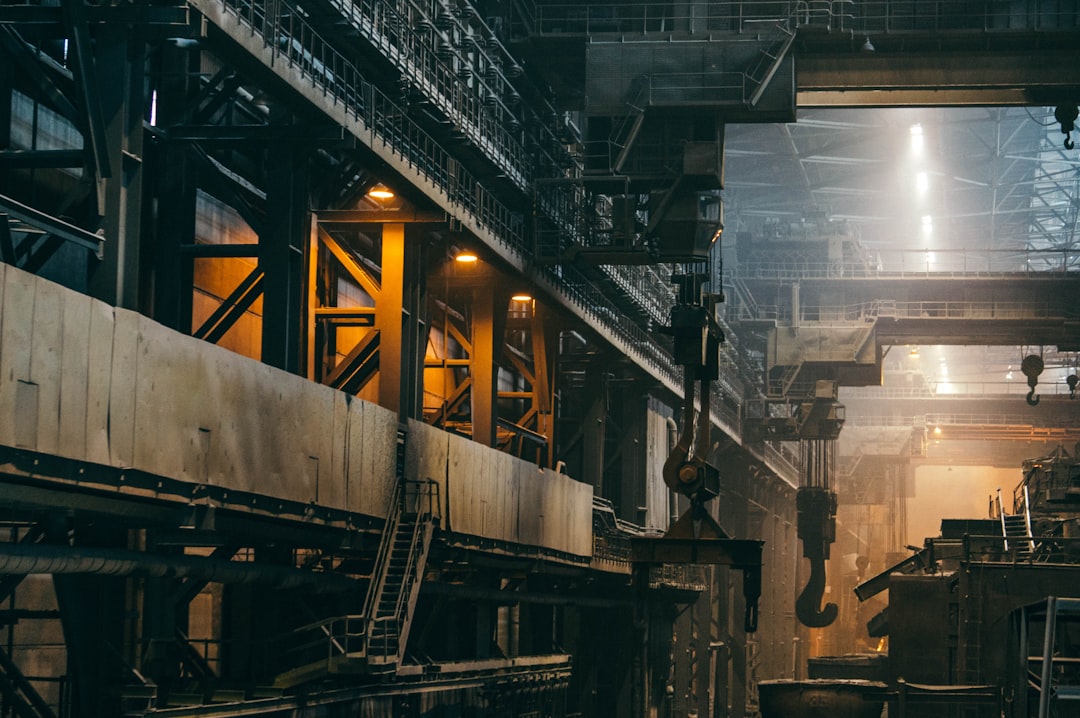The Industrial Revolution, a period spanning from the late 18th to the early 19th century, was a time of profound transformation. It reshaped societies, economies, and industries, setting the stage for the modern world. This era was marked by groundbreaking innovations that revolutionized the way people lived and worked. Let’s explore ten of these revolutionary innovations that changed the course of history.
The Steam Engine: Power Unleashed
The steam engine is often hailed as the driving force behind the Industrial Revolution. Invented by James Watt in the late 18th century, this remarkable invention transformed how industries operated. Unlike previous power sources, steam engines provided consistent and reliable energy. They powered factories, locomotives, and ships, making transportation and manufacturing more efficient. The steam engine was like a heart pumping life into the veins of industry, allowing for unprecedented levels of production and mobility.
Textile Machinery: Weaving a New Era
The textile industry was one of the first to benefit from industrialization, thanks to innovations like the spinning jenny, the water frame, and the power loom. These machines revolutionized the production of cloth, making it faster and cheaper to produce textiles. The mechanization of textile production led to the growth of factories, where large numbers of workers operated machines. This shift from hand production to mechanized processes marked a significant turning point in the industry, leading to the mass production of fabrics and clothing.
The Cotton Gin: A Game-Changer for Agriculture
Invented by Eli Whitney in 1793, the cotton gin was a simple yet transformative device. It efficiently separated cotton fibers from seeds, a task that was previously labor-intensive and time-consuming. By making cotton processing faster, the cotton gin increased cotton production and contributed to the expansion of the textile industry. This invention had profound economic implications, particularly in the American South, where cotton became a dominant cash crop.
Iron and Steel Production: Building the Modern World
The Industrial Revolution saw significant advancements in iron and steel production, with innovations like the Bessemer process. This process made it possible to produce steel cheaply and in large quantities, leading to its widespread use in construction, transportation, and manufacturing. The ability to produce strong and durable materials laid the foundation for modern infrastructure, including bridges, railways, and skyscrapers. Iron and steel became the backbone of industrial society, facilitating the growth of cities and industries.
Railways: Connecting People and Places
The development of railways was one of the most significant achievements of the Industrial Revolution. Railways revolutionized transportation, making it faster, cheaper, and more accessible. The first steam-powered locomotive, George Stephenson’s “Rocket,” debuted in 1829, marking the beginning of the railway era. Railways connected cities and regions, facilitating the movement of goods and people. This innovation not only transformed transportation but also had a profound impact on economic growth and urbanization.
Telegraph: The Dawn of Instant Communication
Before the telegraph, communication over long distances was slow and unreliable. The invention of the electric telegraph by Samuel Morse in the 1830s changed everything. It allowed for instant communication across vast distances, revolutionizing how information was exchanged. The telegraph was the precursor to modern communication technologies, enabling businesses and governments to communicate more efficiently. It was the beginning of a new era of connectivity, shrinking the world and bringing people closer together.
Electricity: Lighting Up the World
The harnessing of electricity was a pivotal moment in the Industrial Revolution. Pioneers like Thomas Edison and Nikola Tesla made significant contributions to the development of electrical systems. Edison’s invention of the incandescent light bulb in 1879 illuminated homes and streets, extending the working day and improving quality of life. Electricity became a versatile power source, revolutionizing industries, transportation, and everyday life. It was a transformative force that paved the way for modern technological advancements.
Photography: Capturing Moments in Time
The invention of photography in the early 19th century was a revolutionary development in the field of visual arts. Louis Daguerre’s daguerreotype process allowed people to capture images and moments in time, preserving them for future generations. Photography became an important tool for documenting history, science, and culture. It provided a new way to see the world, shaping how people perceived reality and their place within it. This innovation opened up a new realm of possibilities for artistic expression and communication.
Medicine: Advancements in Health and Healing
The Industrial Revolution also brought significant advancements in medicine and healthcare. Innovations such as the development of vaccines, antiseptics, and anesthesia transformed medical practices. These breakthroughs improved surgical procedures, reduced mortality rates, and increased life expectancy. The understanding of germs and the importance of hygiene led to better public health practices. Medicine became more scientific, with a focus on research and experimentation, laying the groundwork for modern healthcare systems.
Factory System: The Rise of Mass Production
The factory system was a hallmark of the Industrial Revolution, fundamentally changing how goods were produced. Factories brought together large numbers of workers and machines under one roof, enabling mass production. This system increased efficiency, reduced costs, and met the growing demand for goods. It also had social implications, as people moved from rural areas to urban centers to work in factories. The factory system laid the foundation for the modern industrial economy, shaping the way people lived and worked.
The Industrial Revolution was a period of incredible innovation and change. These ten revolutionary innovations transformed societies, economies, and industries, leaving a lasting impact on the world. They paved the way for the modern era, setting the stage for the technological advancements that continue to shape our lives today.


